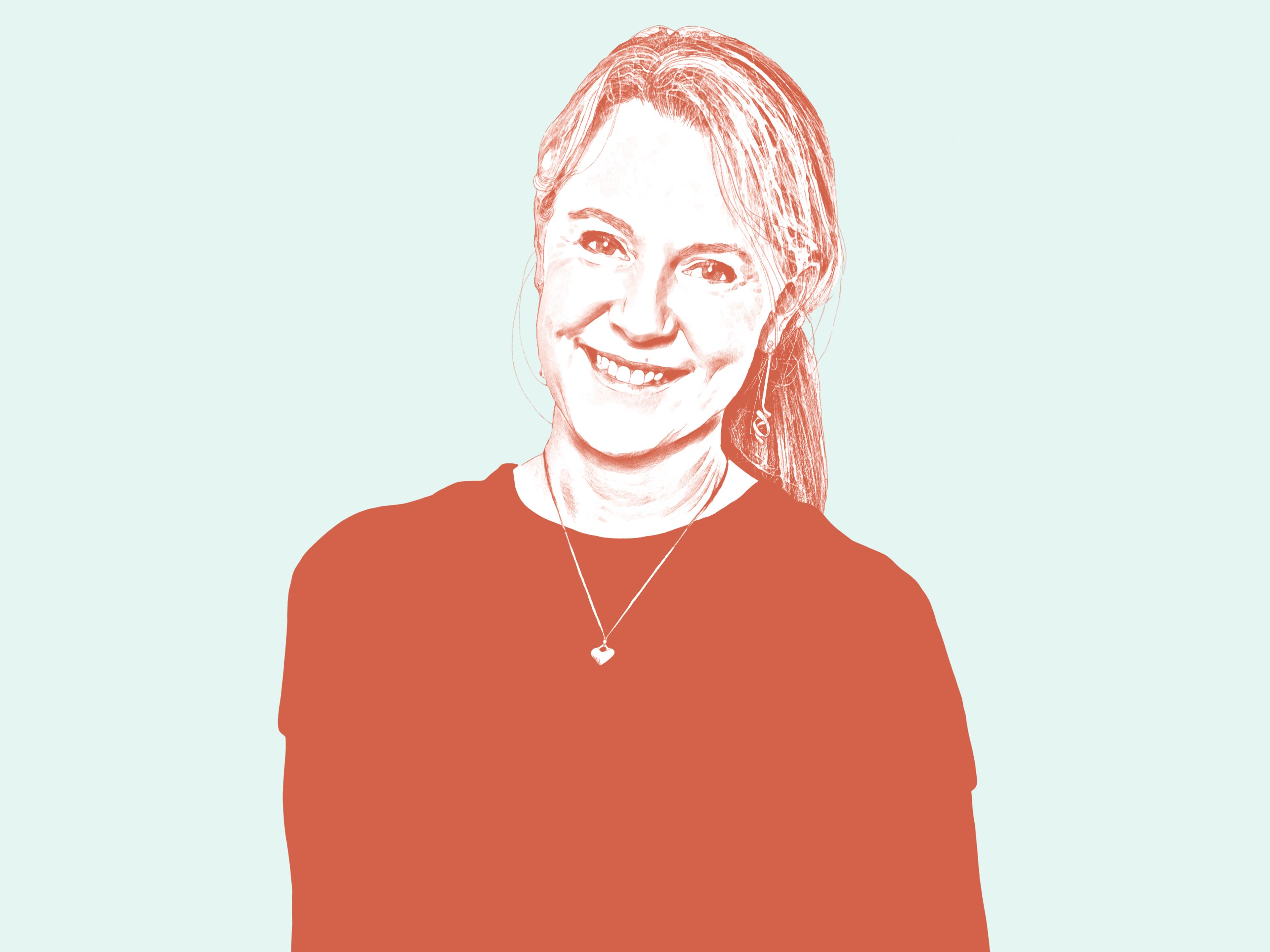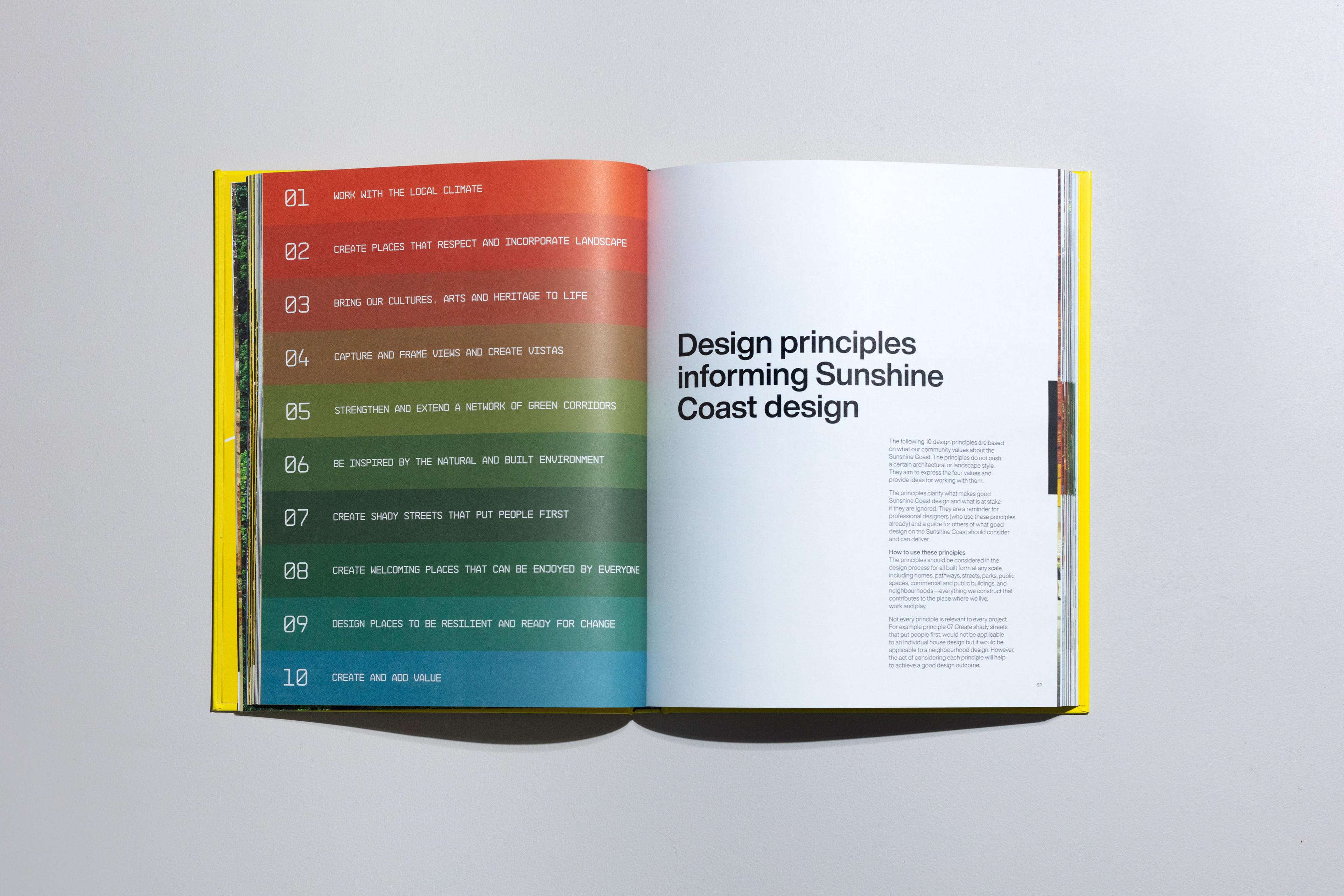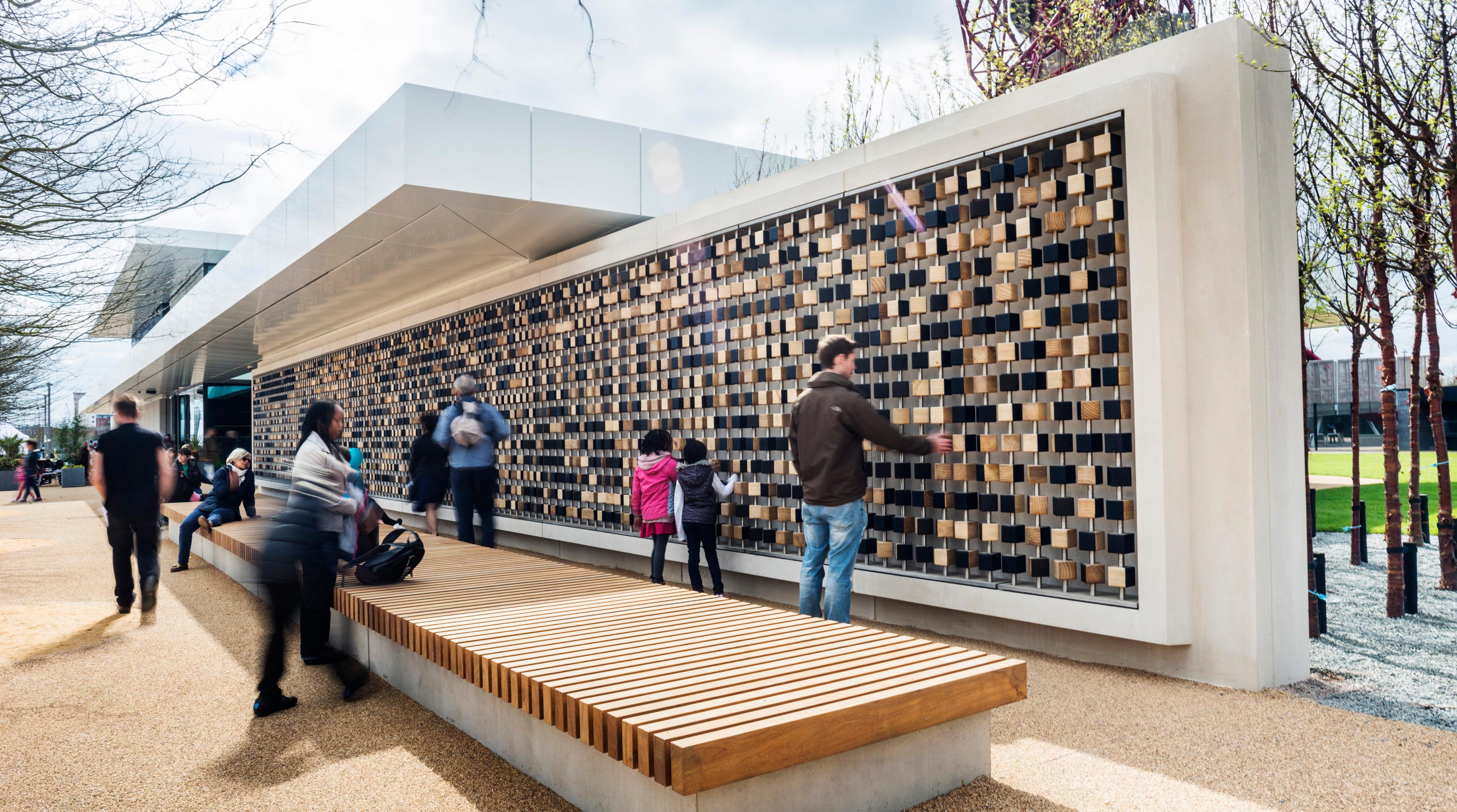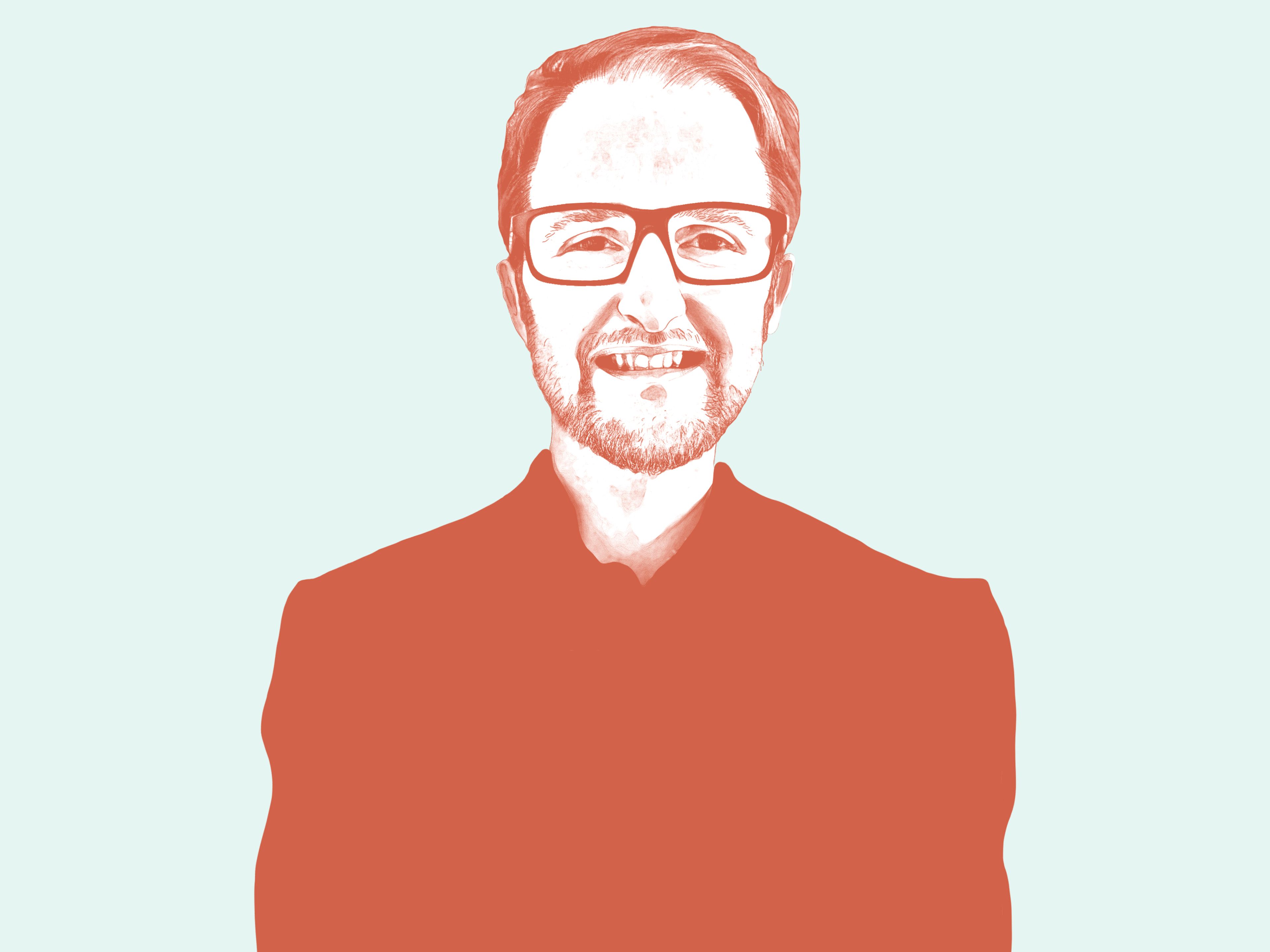Q&A with Sarah Chalkley, Sunshine Coast Council

Sarah Chalkley
Manager of Urban Design and Architecture at Sunshine Coast Council
“One of the most integral things we can do as urban designers and architects is think about future use.”
Major sporting events offer unique opportunities for urban renewal and revitalisation. When planned well, with a focus on citizen pride and ownership, they can create a legacy that lasts well beyond the event itself.
The 2018 Commonwealth Games unlocked an unparalleled opportunity for Australia’s Gold Coast to leverage strategic investments in existing communities and facilities, open spaces, and public infrastructure across the city. Ahead of the 2032 Summer Olympics in Brisbane, Sarah Chalkley and her team at Sunshine Coast Council are once again planning for the future of South East Queensland – one of the country’s fastest growing regions – to ensure it benefits from this latest international event.
Here, Sarah speaks about the importance of bringing people along on urban design journeys and embedding meaningful legacies within neighbourhoods.

Investment in existing communities and infrastructure across the Gold Coast.

Carrara Stadium during the 2018 Commonwealth Games.
What can you tell us about the role of sports venues as catalysts for wider urban regeneration?
I've been involved in many big city placemaking and regeneration projects, and when it comes to major sporting events, I strongly believe we need to think forward to the key legacy opportunities. It's not just about the venues but the public spaces around them. How can we improve the sense of place and encourage community interaction with the events and their associated cultural programmes? It is crazy to spend so much money on a major event without considering its long-term capacity for driving regeneration, change and civic pride.
For the 2018 Gold Coast Commonwealth Games, existing venues were repurposed to host sporting events – for instance, the Movie World Studios hosted boxing and table tennis inside the filming sheds, which is a responsible use of public money. Meanwhile, our team turned a large car park into parklands for triathlons and marathons, transforming a derelict and unattractive site into a sporting venue with long-term benefits for the community. This is the beauty of well-considered urban design, where different design professions come together and work with communities and stakeholders to redevelop a space into something really special.
How do you marry the needs of different stakeholders when working on major sporting events in urban locations?
Planning for the Olympics starts ten years or more prior to the Games, which means there's a huge opportunity to think about legacy and make sure that all key stakeholders are involved and heard in the planning process. This is about thinking bigger and broader than the event itself and having the end user in mind – how can we produce something meaningful for them?
We did a lot of community consultation in preparation for the 2018 Gold Coast Commonwealth Games, talking to the people about their hopes and dreams for the future. Where there was fear and some naysaying, we spoke about what they might want out of the event. We had genuine conversations with people about how they would use the space in the lead-up to the event, where they'd go during the event should they be displaced, and how we’d bring them back afterwards to make sure they felt it was theirs.

Award-winning Sunshine Coast Design book, coordinated by Sarah Chalkley. (Photo by Andrew Maccoll.)
How can we design for peaks and troughs in footfall and prevent big venues from lacking a sense of purpose when the crowds are gone?
I think that's a huge consideration. So many sporting venues are only used for big events or concerts, and often the spaces around them feel empty and unsafe because they’re designed for crowds. One of the most integral things we can do as urban designers and architects is think about future use and make sure that we design for a second life that is enlivening, exciting and safe. The broader context around sporting venues needs to be well thought through so that they’re not sitting in isolation. A mix of uses can help maximise regeneration benefits.
I recently saw a space outside a sporting venue being used for salsa classes, which would be difficult in a tighter urban area. It was a warm and balmy night, the space was beautifully lit, and hundreds of people were dancing to music. It’s great to see a space being used in that way.
The 2032 Summer Olympics will be multi-locational, building on the success of the 2023 FIFA Women's World Cup, which was held in nine host cities across Australia. What are the benefits of this strategy?
I think it’s a very forward-thinking approach to distribute sporting events not only around a city but across several cities. Having multiple locations spreads the load of big events and amplifies the community benefits. In Australia, we have seen that post-COVID-19 people like to stay in their local neighbourhood. Bringing events to their locality can help communities identify with the Games and cultivate a greater sense of inclusion and excitement about what's to come – more so than a traditional large sporting hub.

Interactive pixel wall at Make's Podium, a legacy pavilion from the 2012 Summer Olympics in London.
The spotlight is often on creating new wow-factor buildings that can be challenging to repurpose after an event has moved on. What are some urban design considerations to ensure long-term success for these sporting facilities?
Sustainability, functionality and flexibility of space are really important. If venues are built as shells, how can they be repurposed for community uses later? One opportunity is to program community events in public spaces to ensure those places stay alive and usage doesn't suddenly drop off. As part of the legacy planning, it's critical to understand what the community needs and wants now and in the future. I can't emphasise enough the importance of engaging with all stakeholders early in the planning process. There's no benefit to saying “build it and they will come,” because they may not.
Another opportunity is to work with the creative sector to make a location really unique and identifiable by integrating engaging public art. This not only gives artists a great opportunity to get involved and benefit from large sporting events, but can also add value during the event and leave a legacy afterwards.
How can we ensure that we encourage the best urban design out of major sporting events?
I think there's a lot of learning that can happen between cities. For example, there is a bank of recipes held in an electronic database owned by the International Olympic Committee and the Commonwealth Games Federation covering everything to do with Games planning and delivery.
It would be amazing if representatives from past and upcoming host cities – London, Delhi, Paris, the Gold Coast – could come together to have conversations about the lessons learnt and the opportunities for urban design and planning to ensure that we capture the great legacy potential of these big events. I'd love to see that happen in the future.
Tags
Authors
Sarah Chalkley is an urban designer, landscape architect, design facilitator and author with a passion for community-focused design advocacy. She was the Manager of City Integration for the Gold Coast 2018 Commonwealth Games, and is currently involved in the design visioning and legacy planning for the 2032 Summer Olympics in Brisbane.


